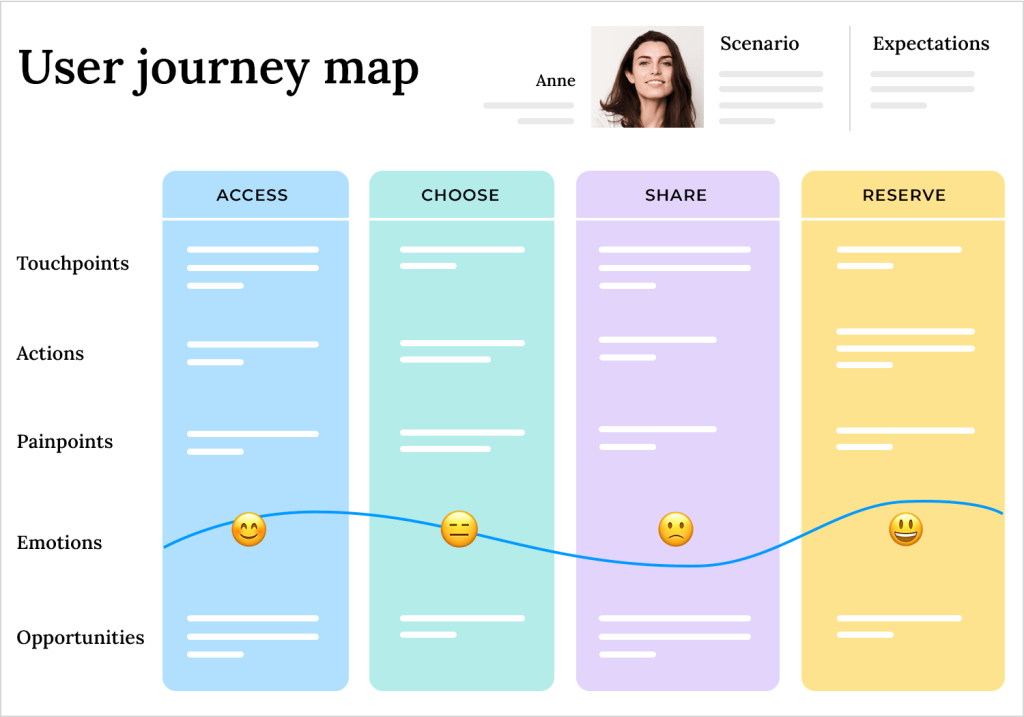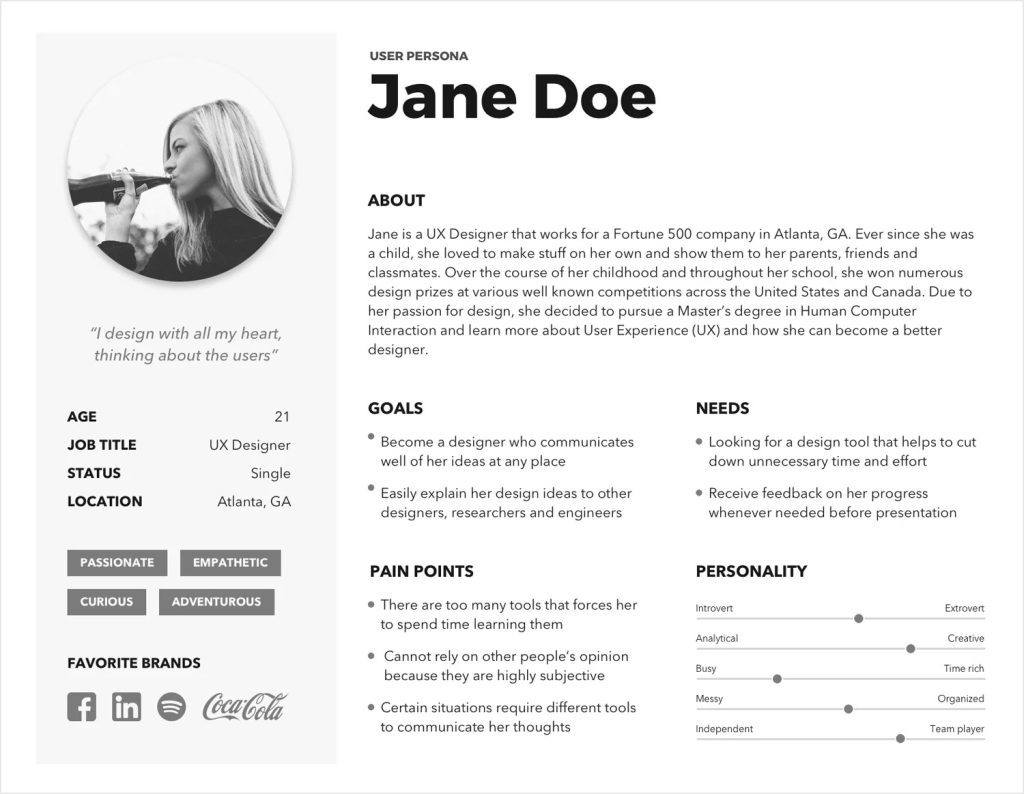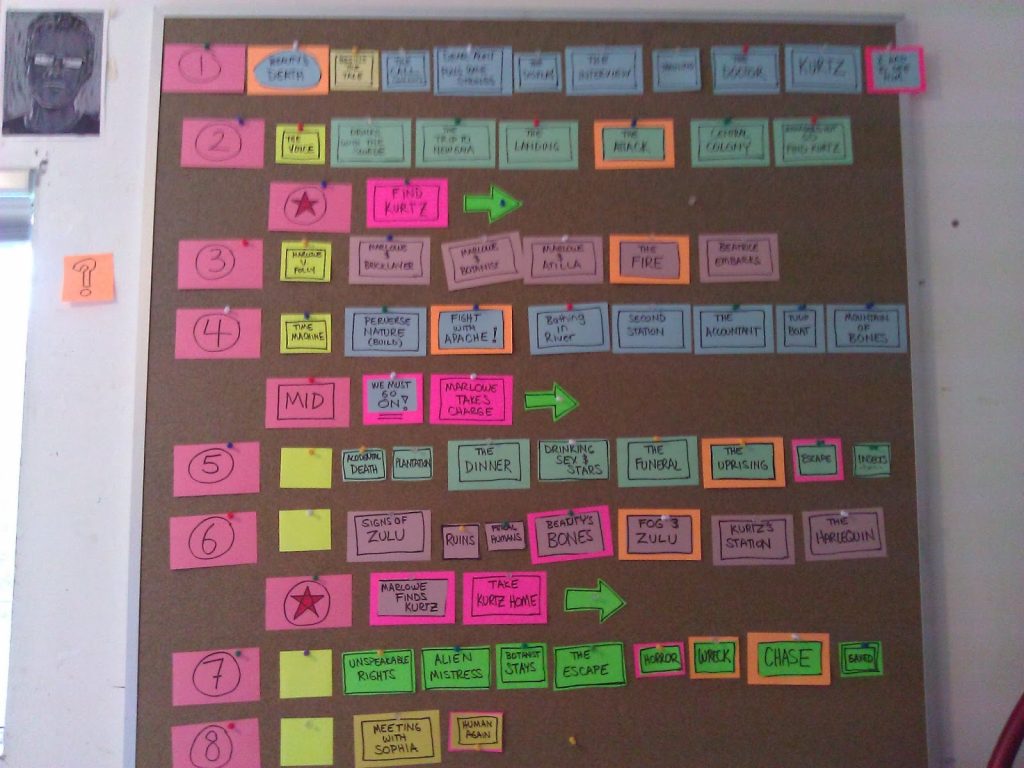What is UX Design? It is essentially the process of architecting software, designing digital experiences to meet user’s needs. It is a multidisciplinary field primarily focused on leveraging state of the art research and an examination of user psychology to gain insights that inform digital interfaces and applications.
Qualitative research is one such way designers leverage understanding of human behaviors, including their wants, needs and desires. Some research, especially as it pertains to artificial intelligence design also explores human fears, concerns or what makes them “drop out” (a term used to describe when a user exits a particular flow).
So what are some of the methods UX practitioners like myself use? How do these methods relate to writing?

One such tool is developing user interviews to actively walk through a hypothetical design scenario. As practitioners and researchers, we develop a series of questions and prompts to uncover a user’s unbiased perception of a given experience. This can be done through prototypes with assigned prompts, or even hypothetical scenarios. It is important that a designer never lead on, or bias an interviewee with questions that could taint the response with bias so most questions will be something akin to “you’re trying to find information about auto insurance coverage, show me where you go to find this?” The goal is to get users to speak open-ended about a given scenario, and about what they do, not what they might do.
A good user researcher will also be paying close attention to body language (if the interview is conducted in person, or via a virtual teleconference tool). By monitoring body language, inflection and tone we can follow up on what they’re thinking or feeling with a pointed question. Perhaps something such as, “I see you hesitated at X, can you elaborate?” In order to get them to speak more, sometimes further follow up is required, “how did you feel when you paused at X, tell me what you’re thinking.”
As we conduct these interviews, we are actively taking notes towards five factors we monitor for more follow up (usually in the form of metrics-driven quantitative research with a wider sample). These five factors we look at are: Touch-points the user interacts with, the actions they take, the pain-points they encounter and what their emotional state is during this process. From these four factors we can then fill out the final factor, design opportunity based on these findings.
A user journey map is a way to visualize the psychological interaction as a user undertakes a task in product design. From this research many designers, including myself, also develop rich user personas and eventually even character archetypes typical of a hypothetical user of our product.

The above image shows a typical user persona, with a more fleshed out visualization of particular subject who might engage with your product design. However, I have often strongly pushed back on user personas for being too limited, and shallow. Instead I have pushed for a much deeper exploration of user archetypes through the development of character personas with story beat, similar to what many fictional writers use when developing their protagonists. Understanding a hypothetical user in much greater detail allows designers to be far more informed than a surface-level persona.

When I worked in the writers room of SUITS, I got the chance to shadow the number two writer and EP on the show, and partake in writers room sessions. As shown in an example above, writers rooms have multiple bulletin boards or white boards to illustrate the following: story beats and breakdowns (A story, B story) and also character journeys, not dissimilar to the journey map shown above. Writers discuss hypothetical interactions and scenarios, along with character motivations, pain points and ways they expect these characters to interact with a given plot or pitched story idea. A writer will then take this feedback and work on their episode draft. A script supervisor will then check this draft against product placement requirements, legal clearance and then subsequent drafts will be written against these requirements for additional notes from the showrunner and studio executives. I was able to shadow this process as well.
The way writer rooms function is very similar to the way design jams function. We discuss qualitative findings and dot-vote or room-vote on the best ways forward; what opportunities work for the character (or user) and what solutions work for the story (or experience). A designer then takes this feedback and designs the architecture, or IA diagrams and eventually high fidelity user interfaces that will be evaluated by stakeholders (studio executives or business partners) and legal (script clearance or design clearance). An additional hurdle designers must accomplish is to meet accessibility requirements as well and adhere to design systems architecture maintained by a dedicated team of accessibility experts.
I left the entertainment industry just before the pandemic, realizing the path to promotion for new writers was dying, a major contention of the 2023 writers strike. I left first to work in a UX-adjacent role for Warner Bros. where I helped develop content delivery tools and archival processes for the launch of HBO Max in 2020. Then I put the pen down and focused on finding the economic stability and comfort of living in Los Angeles by becoming a senior designer on the flagship product team at my company. But I still moved to Los Angeles with a dream, and I have never lost sight of that.
Qualitative research has made me not only a better writer, but a more thoughtful person. It has given me greater self awareness as well. I also realized along this journey that I much prefer, and rather excel at novel writing over script writing. A script is a unique style of writing that requires precision and brevity, the old adage of “show and don’t tell.” It is, similar to a user persona, a rubric and not an in-depth analysis of what a character is really thinking. I love exploring what my character feels, and this is much harder to do in a visual format like script writing where so much is left to other’s interpretation and even other’s vision. While I currently have a half-hour comedy pilot I am taking meetings on, I am now pivoting to novel-writing. I hope to write the stories I want to see, independent of what is commercial of viable. The great thing about novel writing as well is that it is much easier to sell a book proposal than a spec-script in today’s climate. Whether I sell anything matters little, because for perhaps the first time in my life I am writing for pure joy, and with actual honesty and effort (a personal tale here in Writing with Honesty).
Discover more from MK Leibman
Subscribe to get the latest posts sent to your email.